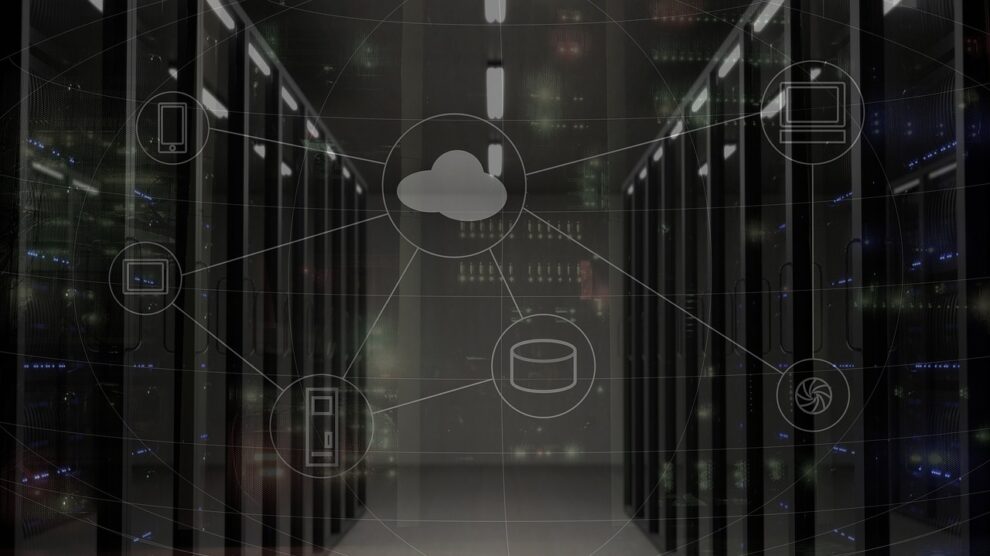If you work in IT, you’ve probably already got backup solutions for your most critical IT infrastructure, such as servers and other networking equipment. But you may not have backups in place for individual user systems. While individual system backups are overlooked, they’re still critical for the success of your company. In this article, we’ll take a look at a few of the most common system backup mistakes – and how you and your IT team can avoid them.
1. Not Backing Up Your Systems at All
Failing to have an individual’s system backed up can lead to serious data loss if their hard drive breaks, if they lose or misplace their computer (which is surprisingly common in the laptop era) or if they accidentally infect their system with malware.
Whether it’s an important business presentation, a video or piece of media a designer was working on, or the loss of a mission-critical design specification document from an engineer’s computer, you’ll need a backup system to turn to, in order to recover this data – so make sure you implement some kind of automated system backup solution.
2. Failing to Use Automated, Company-Wide Backup Tools
Sure, you can hope that some users will back up their important data with tools like Box, Google Drive, Dropbox, or Egnyte. But if you don’t have a complete, comprehensive, top-down backup strategy, chances are that most users still won’t back up their files, or won’t do so correctly – leading to data loss.
Once you decide on a backup program to use, make sure that it’s deployed company-wide, and standardized to backup user data regularly and consistently. In addition, this process should happen automatically. If a user has to back up their data themselves, and interrupt their work to do so, guess what? They just won’t do it.
3. Allowing Other Backup Programs, Leading to a Fragmented Approach
Building off of the above point, another huge mistake that IT teams make is allowing teams or individuals to still use other backup programs after a company-wide backup tool has been implemented.
You should have policies and software in place preventing this. If your designers prefer using Google Drive, but that’s not your backup tool, you need to take steps to prevent them from just using Google Drive anyway. This happens more than you would expect.
And the result? Fragmented data. Your user’s data is not all in one place – and some of it may even be sitting in personal accounts for services like Dropbox and Google Drive. If an employee leaves your company or misplaces their computer, you may never be able to get this data back, which poses a security risk, and reduces the usefulness of your backup program.
4. Not Testing Your System Backup and DRP (Disaster Recovery Plan)
So, you’ve found a great backup tool, and implemented it on every system in your company. You’ve also disallowed the use of other backup and cloud storage tools, to ensure that every user has all of their data located in a single place.
But do you know what to do if something goes wrong? Have you tested the system, and successfully restored a computer? Have you tried to use your system backup tool even when your other IT systems are down or malfunctioning?
We recommend that you test both your system backups and your IT Disaster Recovery Plan (DRP) regularly. Testing these systems will ensure that your administrators know what to do if something goes wrong – and that your data can be restored quickly and efficiently.
Follow These Tips – Protect Each User at Your Company!
System backups are critical for protecting your company, and keeping all of your valuable data safe. So make sure that you follow these above tips – and think about implementing a top-down system backup system at your company.





